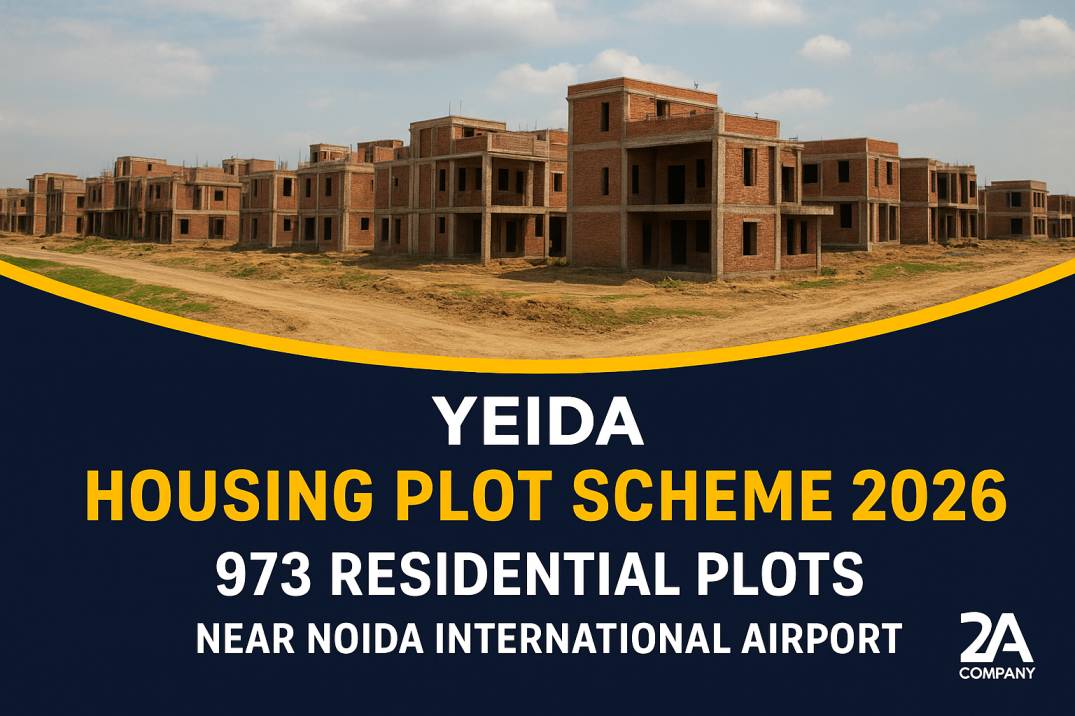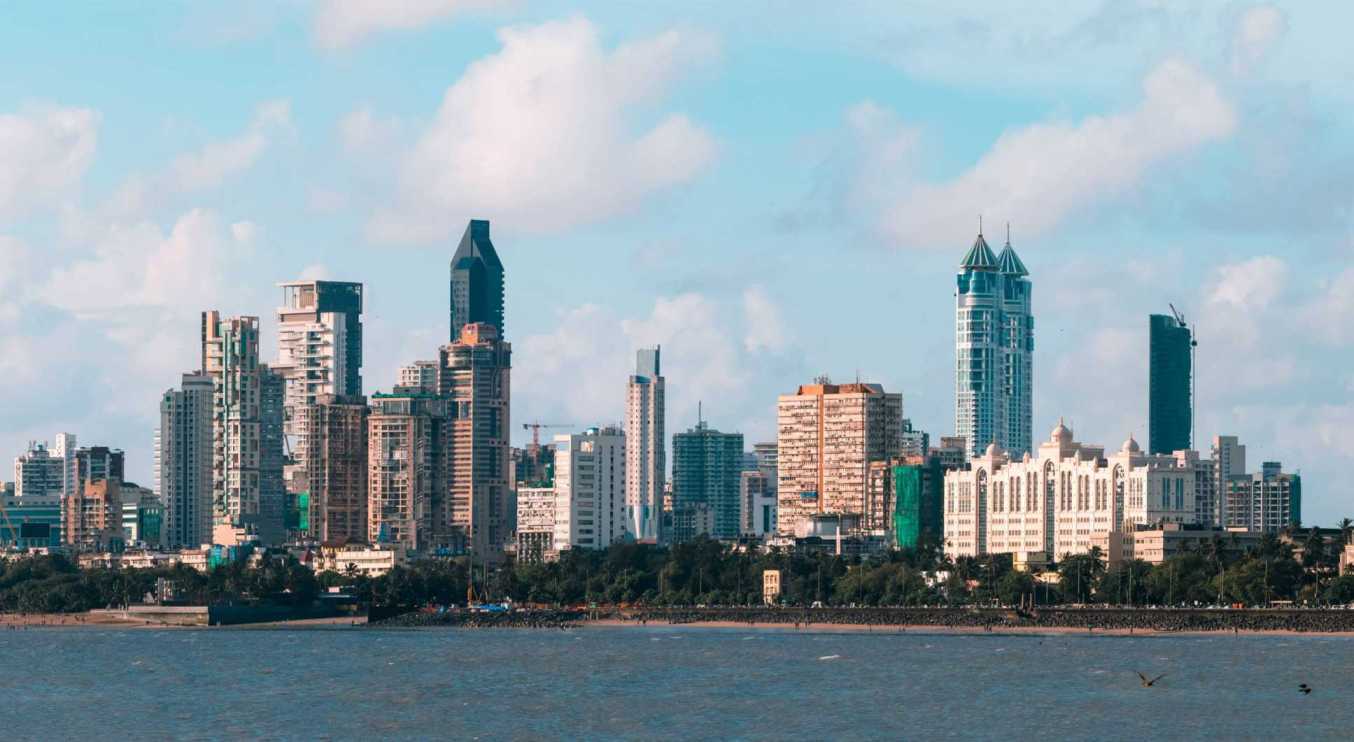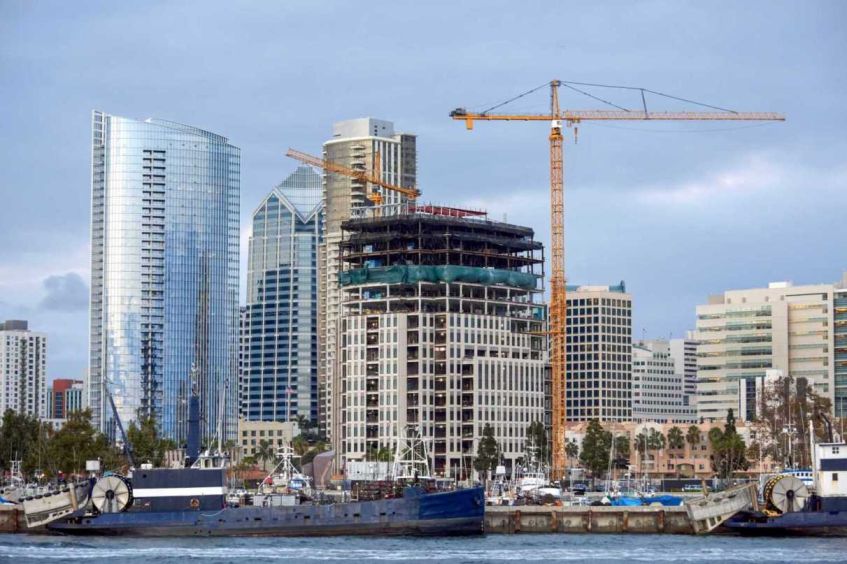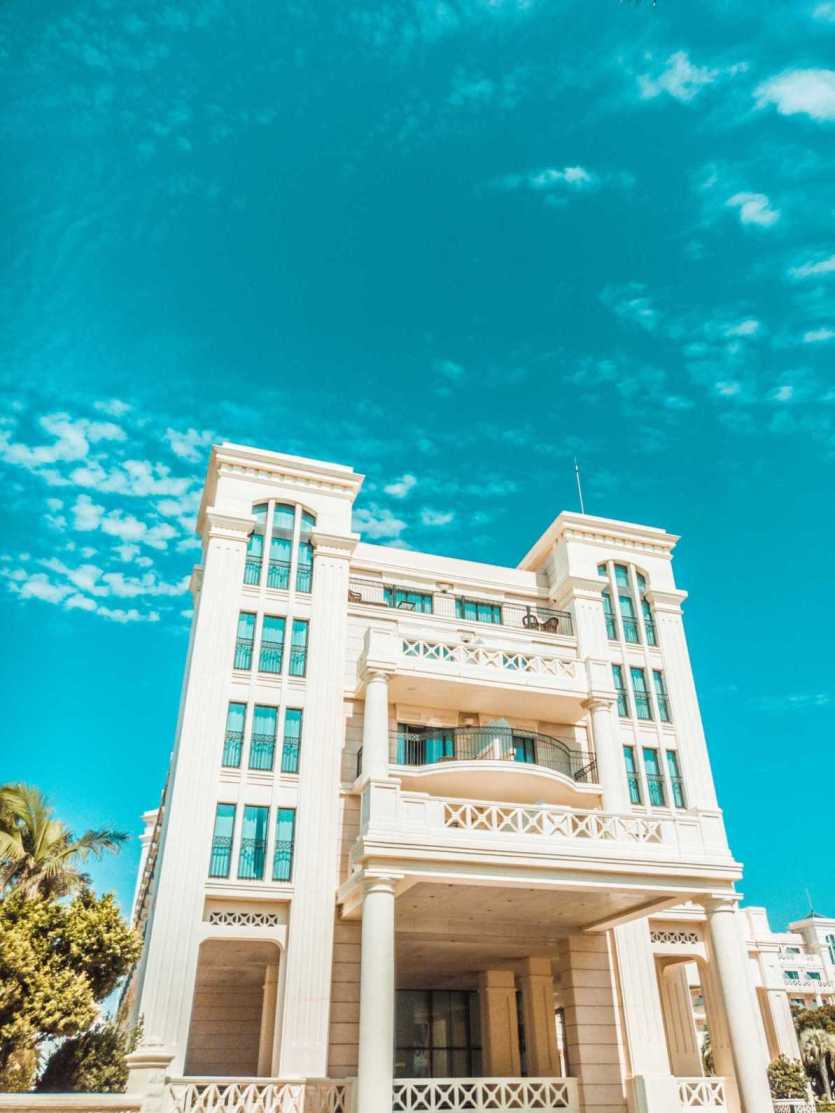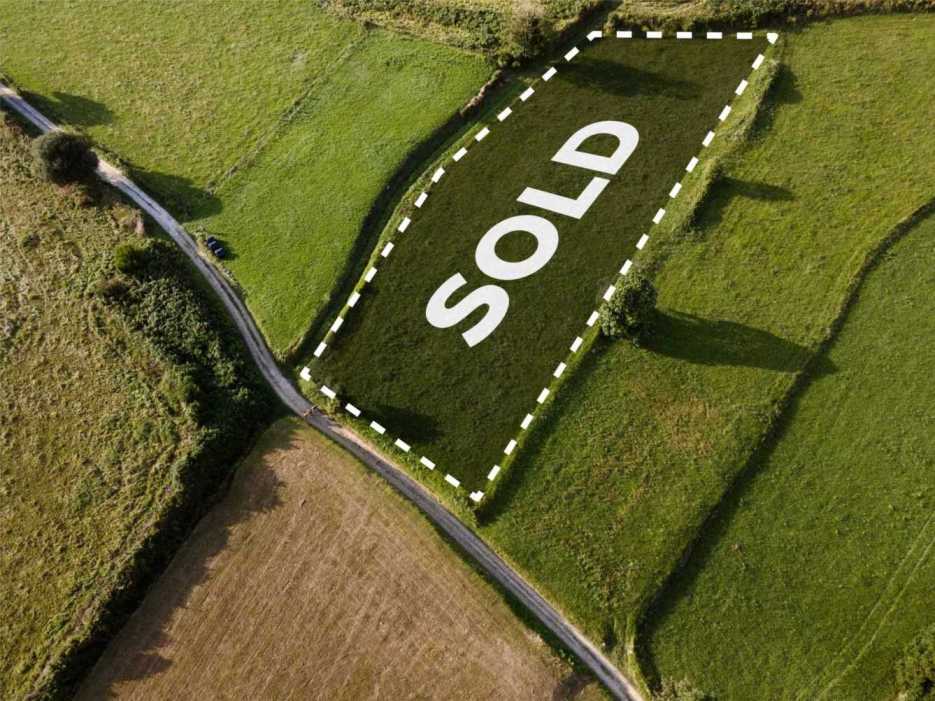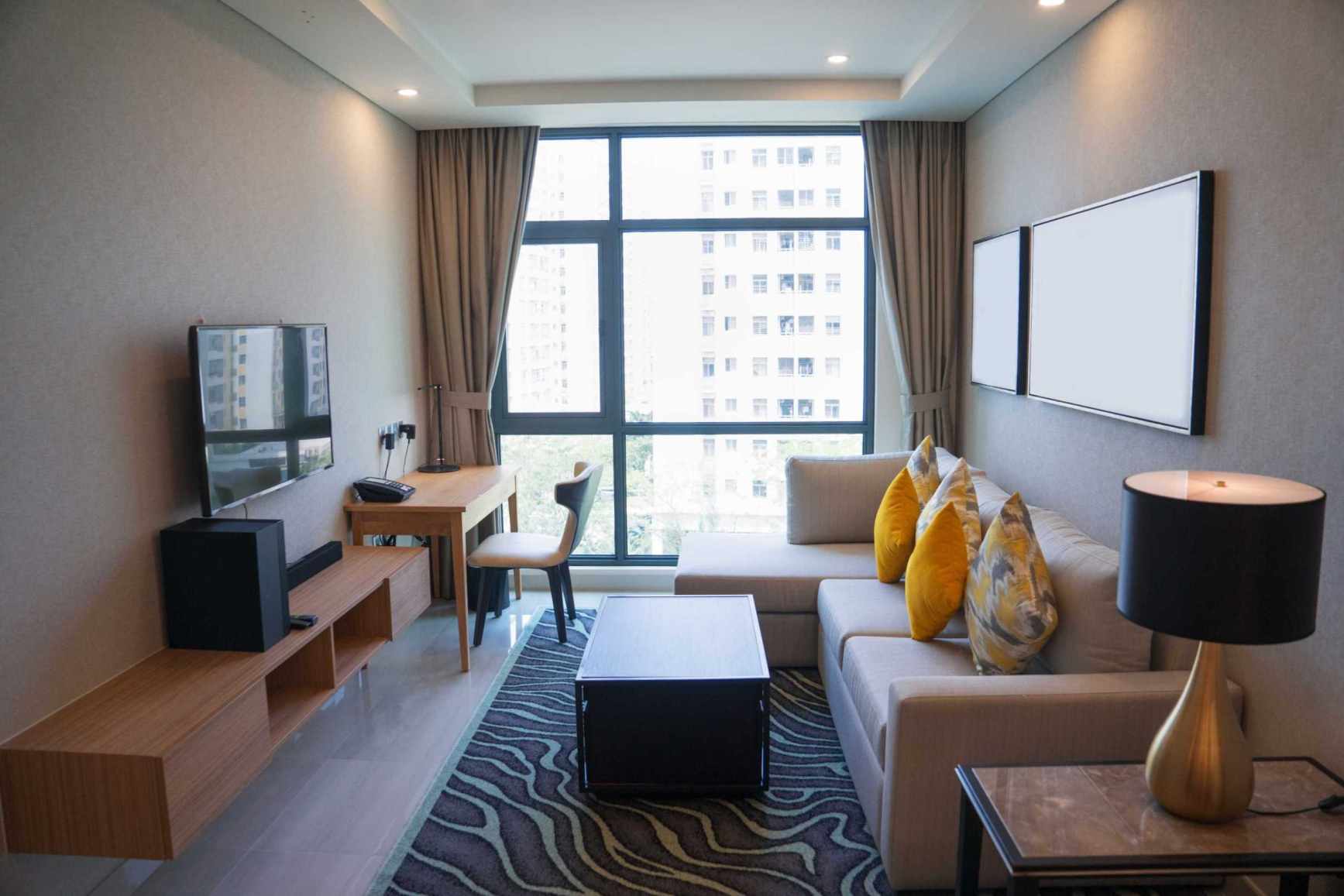

Upto 14-20% Returns Per Annum T/C* Applied*
Popup Title
This is a popup message.
- admin
- Asset-Management
What is EDC and IDC? Learn Everything About EDC in Delhi, Noida, and Gurugram
Real estate investments can get tricky especially when you see extra charges tacked onto the price of a property. In India, two of these charges are External Development Charges (EDC) and Internal Development Charges (IDC). These fees have a big impact on how much a property costs overall. If you're buying or investing, you need to know what these terms mean in hot real estate spots like Delhi, Noida, and Gurugram. This blog aims to give you a clear picture of EDC and IDC charges looking at how they affect these areas and why they matter in real estate deals.
What are EDC and IDC?
Government authorities charge External Development Charges (EDC) and Internal Development Charges (IDC) to cover infrastructure development for real estate projects. Developers pay these fees and pass them on to property buyers as part of the total cost. EDC and IDC differ in their development scope: EDC focuses on external infrastructure, while IDC deals with internal amenities within a specific project.
In real estate, EDC stands for External Development Charges, and IDC stands for Internal Development Charges.
What is EDC?
EDC’s full form is External Development Charges and it stands for the expense linked to building infrastructure outside a property. This covers key public services like roads, sewer systems, water pipes, street lights, and power lines. These parts of infrastructure, while outside the limits of a housing or business project, are needed to make the area easy to reach and good to live in.
Let's look at an example. When someone builds a new housing complex on the edge of Gurugram, they need to extend the outside infrastructure (like connecting roads and public utilities) to support the new buildings. The government makes the builder pay for this infrastructure growth through EDC fees.
Some developers talk about EDC rental charges, which are ongoing fees for keeping up the infrastructure. While not seen often, it's good to know what EDC rental charges mean if you spot them in your contract.
Also Read: Real Estate Investment Trust (REIT): Meaning and Types
What is IDC?
IDC’s full form is Infrastructure development charges and it stands for the costs of building the internal infrastructure of a project. This covers making roads inside the project, parks, water systems, sewer networks, and shared spaces. In short, IDC has an impact on everything that helps the project meet all the needs of its residents making sure they have all the necessary facilities in place.
Take a big housing complex in Noida, for example. IDC covers the costs of building roads inside the complex, laying water pipes, and creating parks for fun. The builder pays for these things at first, but they add them to the price that buyers pay in the end.
Why EDC and IDC Matter in Real Estate
EDC and IDC fees play a key role in building new homes. They have an impact on how much a property costs. These fees make sure there's good infrastructure both inside and outside a development. This allows people to live there. If you want to buy property, you need to understand these fees. They can make a big difference in the final price you pay.
Effect on Property Prices
EDC and IDC costs are part of a property's price, so buyers should factor these in when planning their budget for a home or business space. While developers add these fees to the selling price, buyers need to understand how much of the final cost comes from EDC and IDC.
Take Gurugram as an example. A property there might have a higher EDC because the area needs a lot of work on outside infrastructure. On the flip side, a property in central Delhi could have a lower EDC but a higher IDC due to the creation of high-end internal features.
Buyer Responsibilities
Buyers need to know what they're responsible for when it comes to EDC and IDC charges. Developers pay these costs upfront when building a property, but they add them to the final price tag for the buyer. Before sealing the deal, buyers should ask about these charges and how they're worked out.
In places like Noida where big building projects are happening, EDC charges can make up a big chunk of the total cost. Buyers should think about these charges when planning their investment.
Also Read: Best Places to Invest in Real Estate in India
How EDC and IDC Are Calculated
The EDC and IDC calculations are influenced by several things, like where the project is, how big it is, and what the area needs in terms of infrastructure.
Figuring out EDC
EDC stands for costs that the government decides based on what infrastructure the area around a project needs. Things like how far it is from main roads, whether public utilities are available, and how much the area is expected to grow all have an impact on EDC charges.
Take a new commercial project in Noida as an example. It might need to widen nearby roads and put in new sewage and water systems. This drives up EDC charges. On the flip side, a project in a well-established part of Delhi with existing infrastructure might have a lower EDC.
Working Out IDC
IDC stands for internal costs based on what the project itself needs. This covers building roads, parks, and utility systems within the project's bounds. The project's size, how dense the units are, and how fancy it is (think premium perks like pools or community centers) all have an impact on the IDC.
A housing complex in Gurugram, for instance, might have high IDC because it builds big internal roads, parks, and top-notch community areas.
EDC and IDC in Delhi Noida, and Gurugram
While EDC and IDC fees apply all over India, they change based on the area. Knowing how these fees differ in Delhi, Noida, and Gurugram can help buyers make smart choices.
Delhi
In Delhi, EDC charges tend to be lower than in places like Noida and Gurugram, thanks to its well-established infrastructure. Yet, IDC charges can run quite high in upscale projects, as builders put money into creating top-notch internal amenities to appeal to wealthy buyers.
Noida
Noida is growing fast, with big chunks of land turning into housing and business projects. Because of this, EDC charges in Noida can be hefty in areas that need to expand their infrastructure. IDC charges are also steep in large township developments that aim to provide self-contained living spaces with all the necessary facilities.
When you're checking out industrial land in Noida, EDC and IDC can impact your decision in new areas where they're setting up infrastructure to back industrial growth.
Also Read: Understanding Noida Authority: What You Need to Know Before Buying Plots
Gurugram
People know Gurugram for its big urban growth, but many projects sit on the edges needing lots of money for outside infrastructure. Because of this, EDC costs in Gurugram can get pretty high. IDC costs in Gurugram are also hefty in gated communities and fancy townships that offer top-notch amenities.
Conclusion
Knowing the difference between EDC and IDC is key for anyone looking to invest in real estate in India in fast-growing areas like Delhi, Noida, and Gurugram. EDC and IDC fees play a big part in a property's total price making sure the needed infrastructure is there to back up the development. When investors take these fees into account, they can make smarter choices and figure out what a property is worth.
2A Company has expertise in real estate investment services. We offer advice on EDC charges, IDC charges, and how to develop infrastructure. Our team can help you understand these complex charges, whether you want to invest in homes or industrial property in Noida. This ensures your investment is smart. Get in touch with us now to look into your investment options with assurance!

